Electric vehicles (EVs) have taken the automotive world by storm, offering eco-conscious drivers an efficient and sustainable mode of transportation. As EV adoption continues to grow, more people are hitting the road in electric cars for their daily commutes and long-distance travels. While EVs are known for their reliability and low maintenance costs, it’s still essential to be prepared for the unexpected when you’re on the road. In this article, we’ll explore some maintenance hacks and tips for keeping your EV in top shape while traveling.
Plan Your Route with Charging Stations in Mind
The first rule of maintaining your EV during a road trip is to plan your route strategically. Before embarking on your journey, research and map out the locations of charging stations along your route. Different regions may have various charging networks and providers. Research the most commonly used charging networks in the areas you plan to visit. For example, in the United States, networks like Tesla Superchargers, Electrify America, and ChargePoint are widespread. Familiarize yourself with their locations and available amenities.
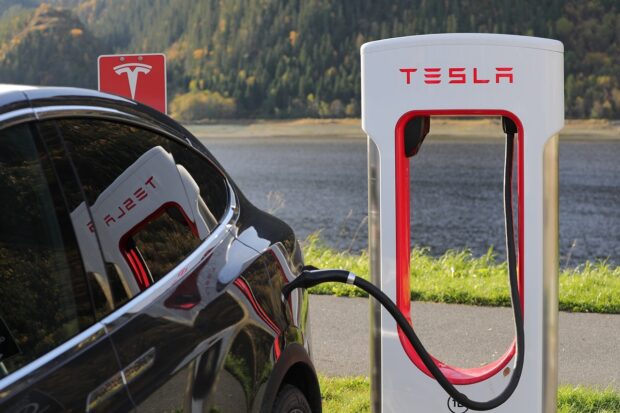
Bring an Emergency Charging Kit
To avoid any charging-related mishaps, it’s a good idea to carry an emergency charging kit in your EV. This kit should include:
- Jumper Cables: In case of a dead battery, having jumper cables can help you connect to another vehicle or a charging source.
- Portable Charger (Level 1 or Level 2): A portable charger can be a lifesaver when you’re stranded without access to a charging station. Ensure it’s compatible with your EV and can plug into various outlet types.
- Adapters: Pack an assortment of charging adapters to fit different types of charging stations you might encounter.
- Spare Charging Cables: Consider packing a spare charging cable, especially if your EV has a unique or proprietary charging connector. Having a backup cable ensures that you can charge your EV at a public station even if you misplace or damage your primary cable.
- High-Quality Extension Cord: An extension cord can be invaluable when you need to charge your EV from a distant or hard-to-reach power source. It’s especially useful when you’re staying at accommodations that might not have charging infrastructure but have standard power outlets available.
- Tools and Safety Equipment: In addition to charging equipment, consider carrying basic tools and safety equipment in your emergency kit. This may include a flashlight, gloves, safety cones or warning triangles, and basic automotive tools for any unexpected minor repairs or adjustments.
- Maintenance Manuals and Guides: Including maintenance manuals or guides specific to your EV model can be helpful in case you need to troubleshoot minor issues while on the road. These manuals often contain valuable information on error codes, diagnostics, and troubleshooting steps.
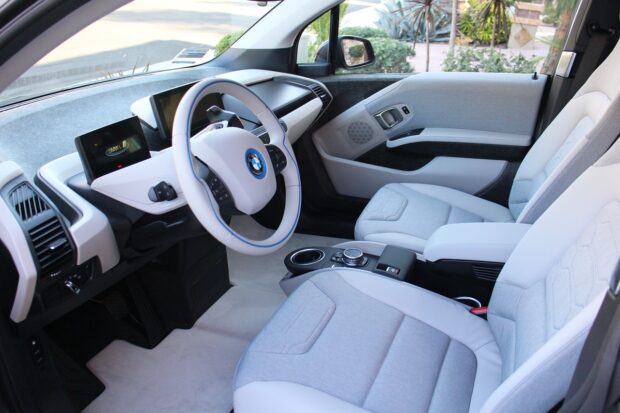
Monitor Your Tire Pressure
Proper tire pressure is crucial for optimizing your EV’s range and efficiency. Before setting out on a long journey, check and maintain the recommended tire pressure to ensure you’re getting the most out of your battery. Under-inflated tires can result in decreased efficiency and range. Some EV owners opt to fill their tires with nitrogen instead of regular air because it can maintain pressure more consistently over time. Nitrogen helps to reduce pressure fluctuations caused by temperature changes.
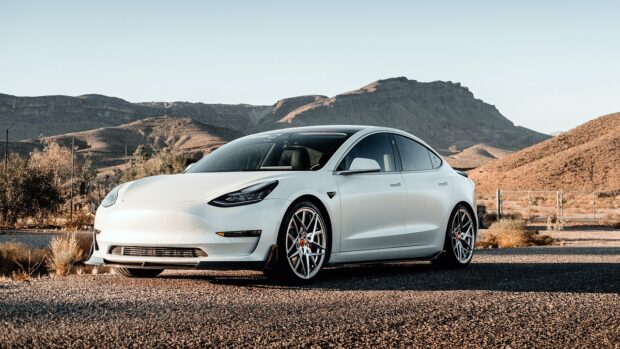
Drive Efficiently
Efficient driving habits can significantly impact your EV’s range. To maximize your mileage while traveling, consider the following tips:
- Use Regenerative Braking: Many electric vehicles have regenerative braking systems that capture and store energy when you decelerate. Utilize this feature to extend your range.
- Smooth Acceleration: Avoid sudden acceleration and deceleration, as these actions can drain your battery more quickly.
- Reduce Speed: Higher speeds can decrease your EV’s efficiency. Drive at a moderate pace to conserve energy.
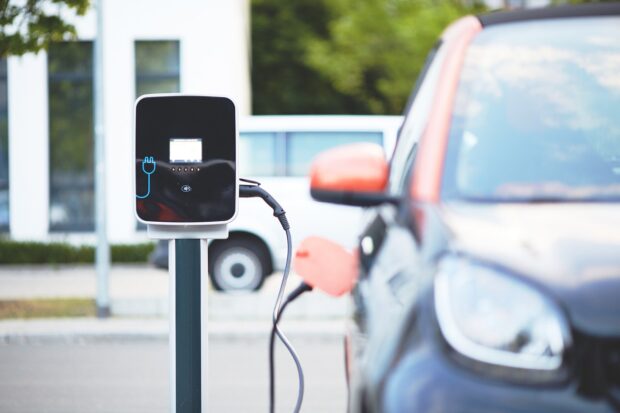
Stay Informed About Software Updates
Software updates for electric vehicles play a critical role in enhancing various aspects of your EV’s performance, safety features, and overall user experience. Updates can address issues, introduce new features, and improve energy efficiency. For example Most electric vehicles have a system that alerts you when software updates are available. Keep an eye on notifications from your EV’s manufacturer and be prompt in addressing them. And remember to plan to install updates at a convenient time, such as when your EV is parked and connected to Wi-Fi. Avoid initiating updates when you’re in a hurry or mid-journey, as they can take some time to complete. After a software update, take the time to explore any new features or improvements that have been introduced. Familiarizing yourself with these enhancements can enhance your EV experience.
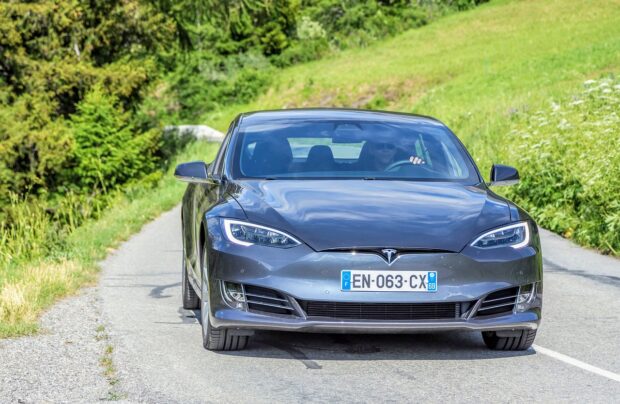
Prepare for Weather Condition
Extreme weather conditions can impact your EV’s range. Cold weather, in particular, can lead to reduced battery performance. Plan accordingly and be aware that you may need to charge more frequently in extreme temperatures. Stay informed about upcoming weather conditions along your route. You can use weather apps, GPS navigation systems, or in-vehicle information to check for real-time weather updates.
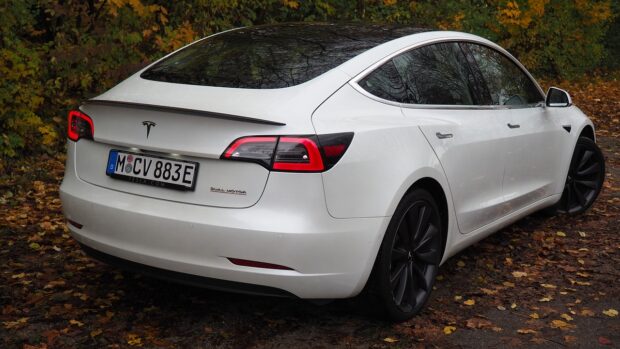
Different EV models may react differently to weather conditions. Familiarize yourself with how your specific vehicle performs in various weather scenarios to make informed decisions on the road.
Keep Your EV Clean
Maintaining the exterior of your EV might not seem directly related to performance, but a clean vehicle can be more aerodynamic, contributing to better range. Ensure that your EV is free from dirt, debris, and snow or ice during your travels.
- Clear windows, mirrors, and lights are crucial for safe driving. Dirty or foggy surfaces can impede visibility, making it more challenging to navigate and increasing the risk of accidents.
- Clean charging ports and connectors are essential for efficient charging. Dirt or debris in the charging port can obstruct the connection and slow down the charging process.
- A clean and well-maintained interior contributes to a more comfortable and pleasant journey. A clean cabin provides better air quality, reduces allergens, and creates a more enjoyable atmosphere for both you and your passengers, especially during longer trips.
- A clean EV provides a positive overall experience for you and your passengers. It’s a reflection of your pride in your vehicle and your commitment to maintaining it in its best possible condition.
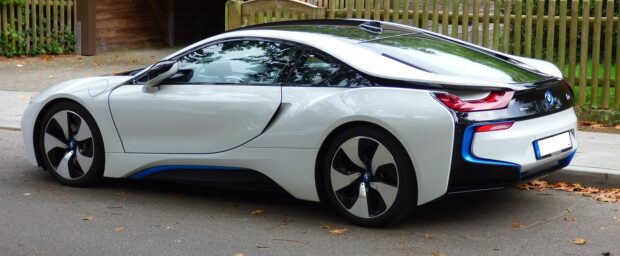
Familiarize Yourself with Local Charging Etiquette
Different charging stations may have varying rules and etiquette. It’s essential to be aware of local charging guidelines and be considerate of other EV drivers. Don’t leave your vehicle plugged in longer than necessary, and be mindful of station availability, especially at busy charging locations.
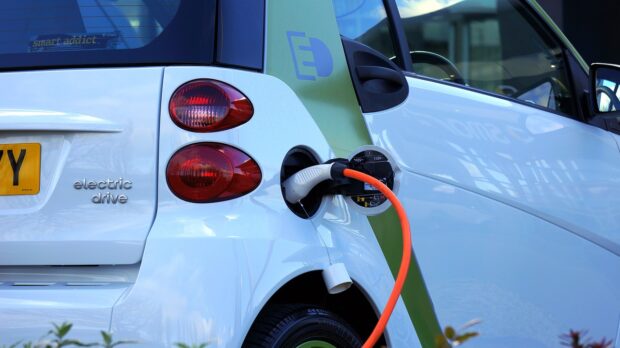
Conclusion
Traveling with an electric vehicle (EV) is a remarkable experience that offers a more sustainable and eco-conscious mode of transportation. While EVs are known for their reliability and low maintenance costs, it’s essential to be well-prepared for the unexpected when you hit the road.
Planning your route with charging stations in mind, assembling an emergency charging kit, monitoring your tire pressure, staying informed about software updates, preparing for various weather conditions, and keeping your EV clean are all integral parts of maximizing your EV’s potential. These preparations not only contribute to the efficiency and safety of your journey but also foster a positive image of EV ownership and responsible driving. So, whether you’re planning a cross-country adventure or a daily commute, embrace the world of electric vehicles, and enjoy the open road with the knowledge that your EV is primed for a sustainable and memorable journey. Safe travels, eco-conscious adventurers!
The post On the Road With EV: Maintenance Hacks While Traveling appeared first on YourAmazingPlaces.com.


No comments:
Post a Comment